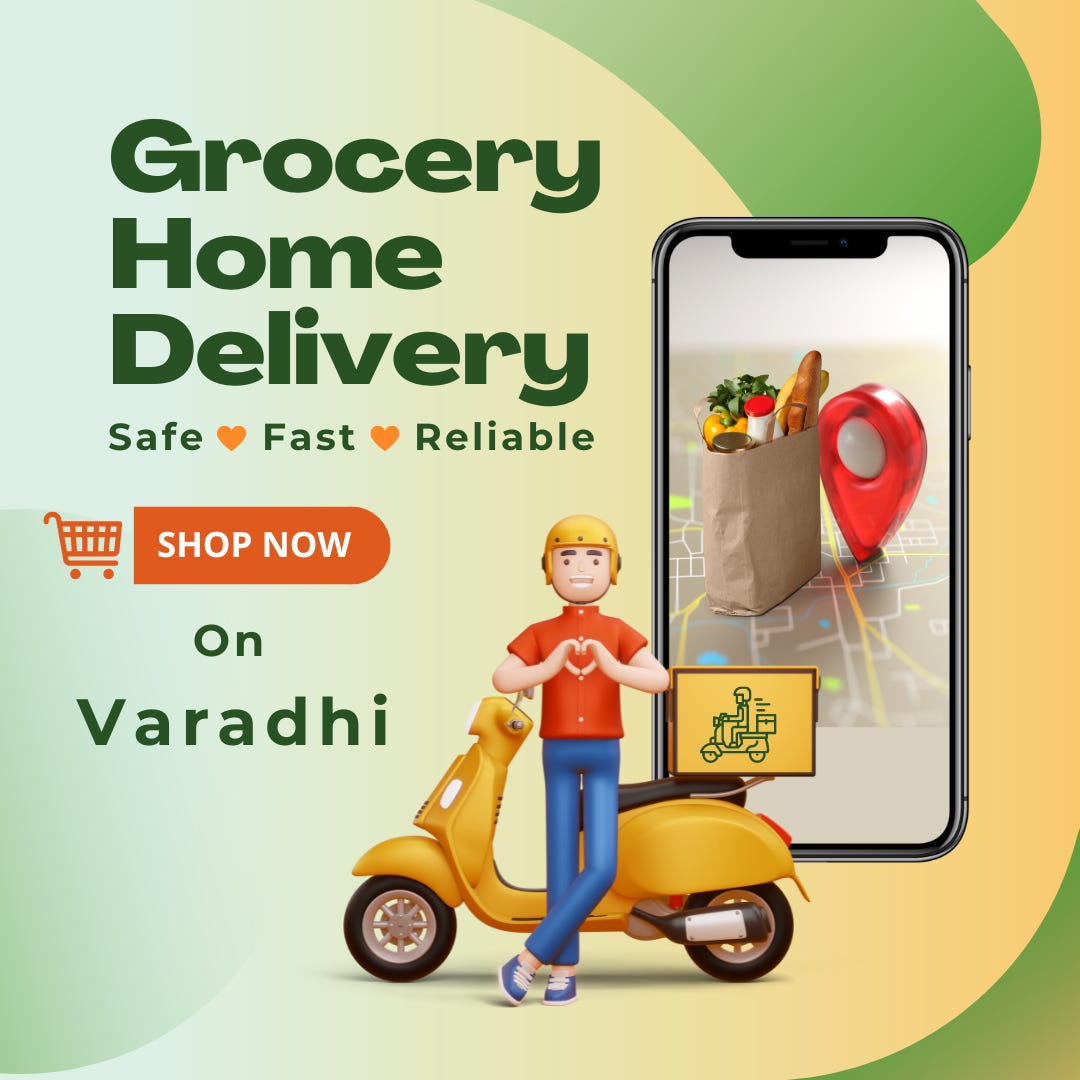From Necessity of building a startup to it's Exit
The Journey that we took during pandemic to build Local Grocery Delivery platform with no technical co-founder in our team.
Many of my friends and few of my connections were asking how have you built small scale startups in your hometown Tirupathi, How big did they go, were you able to make money? How hard it was for you and your team to build this?
With these questions and many more coming, I have decided to put up our journey of building our startup from start to exit in the coming series of posts.
1. Identifying the problem Building the Product: The genesis of our startup without a technical co-founder
2. Chicken and Egg problem of Marketplaces: How we have built supply and demand side of the business.
3. GTM: How we have growth hacked our way into the market
4. Organizing the Supply Chain: Strategies for vendor collaboration and inventory management.
5. Pricing Strategy: Keeping our prices competitive and up to date.
6. Customer Engagement: Addressing customer needs and feedback.
7. Scaling Our Operations: Expanding within our city and beyond.
8. The Decision to Exit: Why we chose to exit despite positive cash flow.
Identifying the problem Building the Product: The genesis of our startup without a technical co-founder
It all began when the whole world was hit by pandemic, people were staying home for safety, business were going down and some went bankrupt. Myself and my friends used to debate about many ideas when we meeting in person back then, but we haven’t pursued building anything. During the pandemic when I was in my village and all my friends were in Tirupati which was my home town, we had a conference call and my friends were saying how difficult it was for them to get daily groceries during those hard times. And I have asked them don’t we have any platforms that are delivering them to home? And my friends were like, Unfortunately no while other major cities are having these services.
We then had decided to call other friends from our place and then asked how they are finding ways to get their groceries and they too had the same answer, which is “very difficult”. To broaden our search we had made a survey form to check with a wider audience regarding this problem, more than 85% of the people responded that they are finding it hard to get groceries to their home. Then we have got to know, yes this is a real problem that has to addressed. And then on the other side of the marketplace we had checked with the grocery stores and distributors how they are doing, they have the Inventory but they do not have resources to fulfill the orders to their customers. That’s the time where we have decided we have to solve this problem.
Now that we have decided to build, who will build it?
We do not have a tech team and we are bootstrapped with no good amount of investment to hire a developer nor the hire an agency to do it. Then we had started our search for no-code platforms to build it ourselves, We know Wix, WordPress platforms would be of help, but we have way to many complexities in building our platform as we have to onboard multiple vendors, maintain 1000’s of Sku’s, multiple vendors, dynamic pricing, order tracking, and a comprehensive inventory management system. Our breakthrough came when we discovered Bikayi, a platform endorsed by Y Combinator, offering a full-stack e-commerce solution at an affordable price, complete with UPI payment integration, which was then gaining momentum in India. And we have built our platform using this no-code platform Varadhi, now it is on a different domain, you might be wondering about the reason behind it? I’ll get to that part in the our later part of the series.
The tedious manual tasks of building the platform
Now we have a task to build the platform with actual data in it. We took a hands-on approach to onboard our vendors, extracting their inventory data and tackling the massive task of populating our platform with SKU images. Our team's have shown phenomenal dedication in doing it. They have manually extracted the data from the vendors systems in excel sheets, curated it and uploaded images, ensuring our platform was ready to serve our customers. But we had a problem, as most of the stores are not having pictures, we had to browse online and had manually update images for many Sku’s. This was hard, As I have data background of using python and scrapping the data form web, I have decided to get my hands dirty with data. I have scrapped the data and extracted the images and manually uploaded for the rest of the products.
This was our hard and sweet journey that we have taken to get to our first step in building two sided marketplace. I will be posting next series of posts down the line on how we have to built the platform ground up and had to exit eventually.

